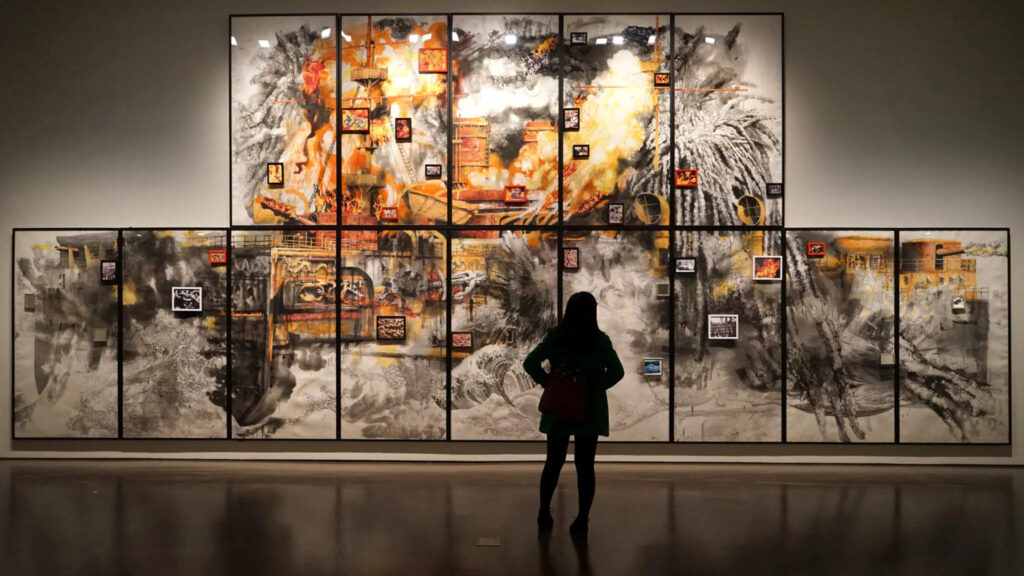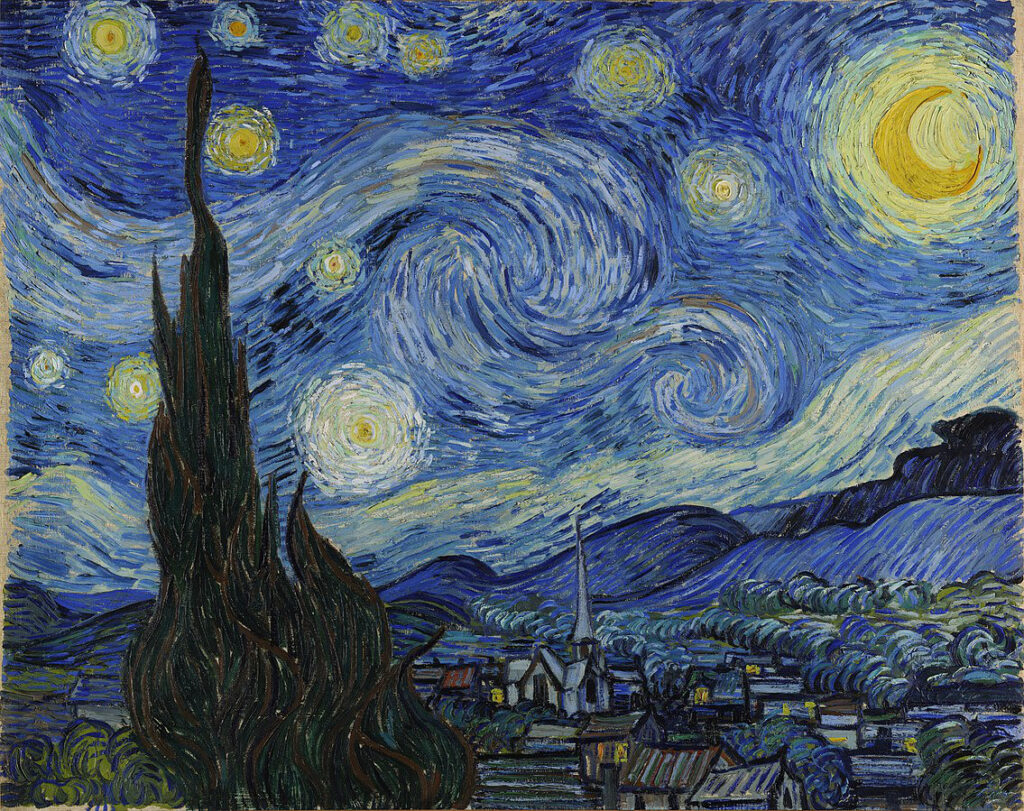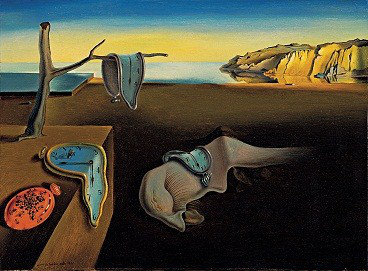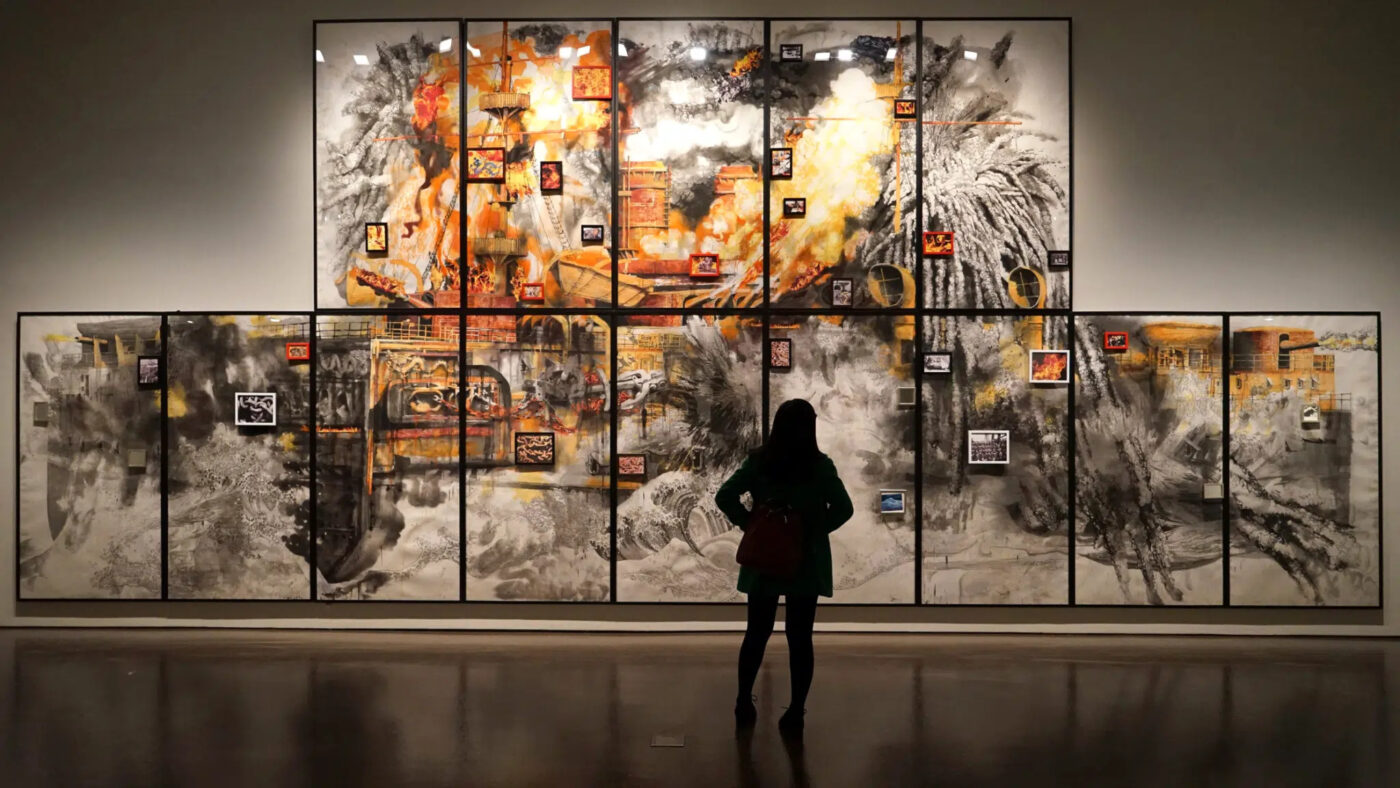
The Artistic Alchemy: Merging Emotion and Canvas
“Every artist dips his brush in his own soul, and paints his own nature into his pictures.” – Henry Ward Beecher
In the enchanting realm of art, where colors dance, words sing, and shapes whisper, there lies a hidden tapestry woven with threads of emotion. Behind every brushstroke, every word penned, and every note played, a profound emotional journey unfolds, often overshadowed by the limelight cast upon the physical creation. The process of creating art is a symphony of emotions, an intimate exploration that transforms the ordinary into the extraordinary, inviting us to peek behind the canvas and witness the heart and soul of the artist.
Art, at its core, is the language through which artists articulate their innermost thoughts and feelings. It’s a dance of vulnerability, where creators bare their souls to the world through their chosen medium. This emotional odyssey commences with inspiration—an electrifying moment when an idea, an image, or a memory ignites a spark within the artist’s psyche. This seed of inspiration then germinates, intertwining with the artist’s emotions, shaping the path ahead. We don’t need to look too far into the past to see the world’s most renowned artists bare themselves open for their art. “Starry Night” unveils Vincent van Gogh’s inner tempest and celestial kinship, a masterpiece birthed amidst the hush of the Saint-Paul-de-Mausole asylum. Within this nocturnal whirlpool, his soul’s echoes find canvas, a testament to the battles waged within. Vivid hues and spiraling forms entwine, mirroring a mind ablaze with fervor and haunted by shadows. Van Gogh’s ethos illuminates the canvas, beckoning the cosmos to dance upon it, transmuting reality’s bounds into an intimate tapestry where the universe and his heart beat as one.

Amidst the fluidity of time, Salvador Dalí birthed “The Persistence of Memory,” a surreal symphony of melting clocks that whispers of the enigmatic nature of existence. Like temporal illusions, the malleable clocks evoke the fragility of human perception and the distortion of reality. Dalí, a maestro of the subconscious, rendered this masterpiece an exploration of his dreamscape. Through the soft strokes of his brush, he beckons us to embrace the transient, the abstract, and the mystic within ourselves. The artist’s ethos becomes a surreal manifesto, inviting us to surrender to the fluidity of time and delve into the labyrinth of the mind.

Yet, this journey of artistic expression and poetry is far from a straight road. It’s a labyrinth of emotions, a rollercoaster ride through the artist’s inner landscape. The act of creation demands courage, as artists confront their fragility, facing uncertainty, doubt, and occasional despair. Like a painter gazing at a blank canvas, a writer grappling with a vacant page, or a musician seeking a harmonious melody, the emotional process of creating art is akin to navigating uncharted waters, often leading to unexpected and mind-blowing revelations.
Artists, in their quest to encapsulate emotions, often find solace and healing within their creations. For some, art serves as a cathartic outlet—a vessel through which they channel grief, trauma, and heartache. It becomes a sanctuary, a safe haven to make sense of the chaos that life may thrust upon them. As Picasso famously said, “Art is the lie that enables us to realize the truth.” This profound emotional connection breathes life into their work, resonating with viewers who recognize the shared human experience within the strokes of a painting or the lines of a poem.
Emotions ebb and flow like tides in the vast ocean as the artist’s journey unfolds. There are moments of euphoria where creativity flows effortlessly, and every element aligns perfectly. But alongside these peaks are troughs of self-doubt and frustration, moments when the creation seems to deviate from the artist’s vision. This emotional flux, though often challenging, is essential; it’s a crucible where ideas are refined, and authenticity is forged.
Remarkably, the emotional process doesn’t merely influence the art—it becomes an integral part of it. From the choice of colors to the composition, each decision echoes the artist’s emotional state, each brushstroke is a tangible manifestation of feeling. This emotional narrative, subtle yet powerful, infuses the artwork with layers of meaning, inviting viewers to explore the depths beneath the surface and connect on a profound level.

(Source: It’s Nice That)
However, the path of an artist is not without its trials. The vulnerability of sharing one’s creations with the world can be an intimidating endeavor. Artists brave the possibility of critique and rejection, laying their emotions bare for praise or judgment. This act of vulnerability underscores the importance of the emotional aspect in artistry, as it reveals the human spirit that underpins the creative process, bridging the gap between the artist and their audience. “Art enables us to find ourselves and lose ourselves at the same time.”
In the grand tapestry of creation, woven by the hands of dreamers and poets, each thread of emotion and technique intertwines to forge a masterpiece, a symphony of human essence and vision. Within this wondrous mosaic, the emotional process, a symposium of vulnerability and courage, often finds itself cloaked in shadows. It is the heartbeat of art, an echo of whispered truths, a symmetrical dance between the raw fervor of sentiment and the precision of craft. Just as the alchemists of old transmuted base metals into gold, so too do artists transmute their innermost thoughts into golden moments frozen in time, immortalized on canvas, paper, and melody.
The artist is both a conjurer and a vessel, invoking the spirits of emotions that stir the heart’s cauldron. With each stroke, they weave their joys, sorrows, and dreams into the fabric of creation. It is an act of catharsis, a sacred offering to the universe, where colors and forms transcend the mundane, becoming symbols of the artist’s voyage through the cosmos of feelings. Yet, as the brush dances and the ink flows, it is not only the canvas that transforms. The artist, too, is reborn in the crucible of creation. Each piece they craft is a fragment of their evolution, a snapshot of their soul’s journey.
When we stand before these works of art, we are not mere observers; we become travelers, wandering through the emotional landscapes painted with hues of heartache, swathed in the warmth of empathy, and awakened by the crackling energy of inspiration. Each brushstroke speaks to us in silent verses, inviting us to delve beneath the surface and immerse ourselves in the artist’s inner realm. As we trace the contours of the strokes, we embark on a pilgrimage, venturing through the labyrinthine corridors of the artist’s thoughts, embracing their triumphs and tribulations.
The act of peeling back these layers and sinking into the artist’s emotional voyage is a revelation. It’s an acknowledgment of the shared human experience, a communion that bridges time and space. Just as the artist’s emotions breathe life into the canvas, the observer’s heart responds, resonating with the artist’s unspoken melodies. In this profound interconnectedness, we find ourselves not only witnessing but also participating in the alchemical dance of transformation.
As the final brushstroke is placed and the creation takes its form, a silent metamorphosis occurs. The artwork becomes a mirror reflecting the artist’s ethos, their journey, and their very essence. The artist, too, stands transformed, having channeled their emotions into a tangible testament that will echo through the annals of time. It is a sacred contract between creator and creation, a dance where the roles blur, and each becomes an extension of the other’s being.
So, let us stand in awe before the canvas, before the sculpture, before the symphony, and acknowledge the secret alchemy at play. Let us honor the artists who, like modern-day magicians, reveal the hidden chambers of their souls to illuminate the corners of ours. As we step closer, as we embrace the emotional tapestry woven into the art, we are not merely witnessing the artistic process; we are partaking in a journey of transformation, a journey that reshapes both art and artist, and ultimately, touches the very core of what it means to be human.
Written by Udita Gowdety for MTTN
Edited by Avishi Khyati for MTTN
Featured Image by pxhere

Leave a Reply
You must be logged in to post a comment.